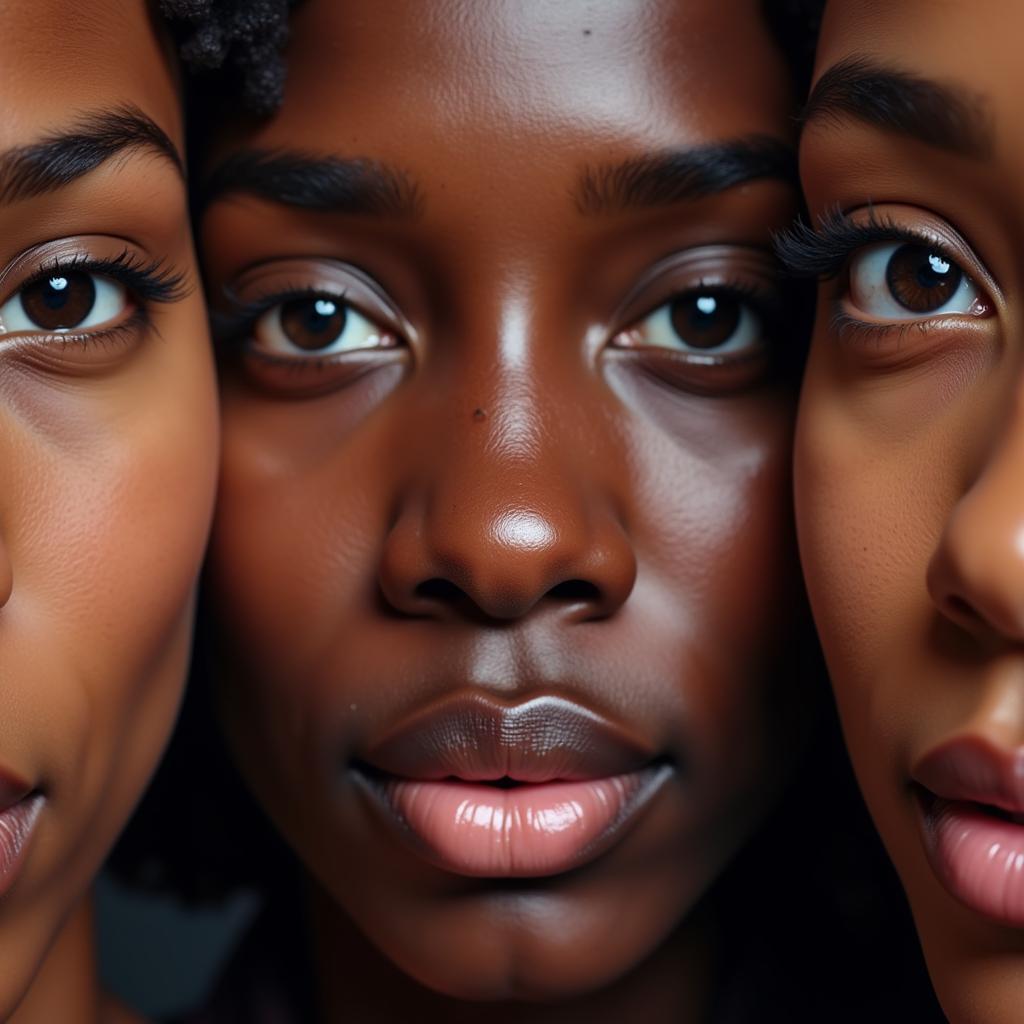Crafting African Animal Masks: A Guide to DIY Projects
Creating your own African animal masks offers a fascinating glimpse into the rich cultural heritage of the continent. Whether you’re looking for a fun craft project, an educational activity, or a unique piece of art, making African animal masks provides a hands-on experience that connects you to the vibrant traditions and symbolism of Africa. This guide explores various techniques and materials to help you bring these iconic representations to life. After reading this, you will be well equipped to start making your own African animal masks.
Understanding the Significance of African Animal Masks
African animal masks are more than just decorative pieces. They hold deep cultural and spiritual meaning, often used in ceremonies, rituals, and storytelling. From representing ancestral spirits to embodying powerful animals, these masks play a crucial role in various African communities. They symbolize the connection between humans and the natural world, reflecting the respect and reverence that many African cultures hold for animals. The masks often feature intricate details and vibrant colors, each element adding to the story they tell. Before you start making African animal masks, learning about this rich history adds a layer of appreciation to the craft.
Masks representing animals like lions, elephants, and antelopes are common, each imbued with specific attributes and symbolism. The lion, for example, often represents strength and leadership, while the elephant symbolizes wisdom and power. Understanding these symbolic meanings can inform your choice of animal and the design of your mask.
Materials You’ll Need for Your African Animal Mask Project
Gathering the right materials is the first step in creating your own African animal mask. While traditional masks might be carved from wood, you can use readily available materials for your DIY project. Cardboard, paper plates, and even recycled materials are excellent options.
- Base Material: Cardboard, paper plate, or other sturdy material
- Decorations: Paint, feathers, beads, yarn, fabric scraps
- Adhesive: Glue, tape, or staples
- Cutting Tools: Scissors or a craft knife
- Pencil: For sketching your design
Remember, the beauty of crafting lies in the creative use of materials. Don’t be afraid to experiment with different textures and colors to create a unique mask. You can learn more about traditional African folk art to inspire your designs by checking out resources like this African folk art pdf.
Step-by-Step Guide to Making Your African Animal Mask
Now that you have your materials, let’s get crafting! The process of making African animal masks is often just as rewarding as the finished product. Here’s a simple guide to get you started:
- Choose your animal: Select an animal that resonates with you and research its symbolic meaning in African culture.
- Sketch your design: Draw the outline of the animal’s face on your base material. Consider features like the eyes, nose, ears, and any unique markings.
- Cut out the mask: Carefully cut out the shape you’ve drawn.
- Add details: This is where your creativity shines! Use paint, feathers, beads, and other materials to bring your mask to life.
- Attach a handle or string: Securely attach a handle or string to the back of the mask so you can wear it.
Don’t hesitate to consult other resources and gather inspiration for your project. Looking at high-quality images of African art can be a great starting point. You might find some excellent resources on websites with African art hd background.
Exploring Different Animal Mask Designs
From the majestic lion to the wise elephant, African animal masks encompass a diverse range of creatures. Exploring different animal mask designs allows you to delve deeper into the symbolism and artistic expressions of different African cultures. Consider creating masks representing animals like zebras, giraffes, or even mythical creatures.
For example, masks featuring African animals that represent freedom could incorporate symbolism relating to open spaces, flight, or swiftness. The possibilities are endless! Each animal offers a unique canvas for your creative exploration. You can also explore specific regional styles and incorporate traditional motifs and patterns into your designs.
What are Some Common African Animals Used in Mask Making?
Some common African animals used in mask making include lions, elephants, antelopes, birds, and monkeys. Each animal carries its own specific symbolism and is often associated with particular qualities or spirits.
How Can I Make My African Animal Mask More Authentic?
Researching traditional African mask-making techniques and the symbolism behind different animals can help you create a more authentic piece. Using natural materials and incorporating traditional patterns and motifs also adds to the authenticity.
Conclusion
Making African animal masks is a rewarding experience that connects you to the rich cultural heritage of Africa. From understanding the symbolism behind the masks to experimenting with various materials and designs, this creative journey offers a unique opportunity to learn and appreciate the vibrant traditions of the continent. So, gather your materials and embark on this artistic adventure, crafting your own unique piece of African-inspired art. Remember that crafting your own African animal masks is not just about making something beautiful, it is about connecting to a vibrant history and culture.
FAQ
- What materials can I use to make an African animal mask? Cardboard, paper plates, construction paper, felt, and various craft materials like beads, feathers, and paint.
- What tools do I need? Scissors, glue, a pencil for sketching, and possibly a craft knife for more intricate cutting.
- Where can I find inspiration for my mask designs? Books, online resources, and museum exhibits showcasing African art.
- What are some common African animals used in masks? Lions, elephants, antelopes, birds, and monkeys.
- How can I learn more about the symbolism of African animal masks? Research online and in books focusing on African art and culture. You could also look into resources about African festima masks.
- Can I adapt the designs to my own creativity? Absolutely! Feel free to experiment with colors, patterns, and materials to create your own unique interpretation.
- Are there any resources for learning more about African culture and art? Yes, many books, websites, and museums offer insightful information on African art and culture.
I’m also curious, what other aspects of African culture are you interested in exploring through art? Perhaps textiles, pottery, or even music?
For any further support or queries, feel free to contact us at: Phone Number: +255768904061, Email: kaka.mag@gmail.com, or visit us at: Mbarali DC Mawindi, Kangaga, Tanzania. We have a 24/7 customer support team.

